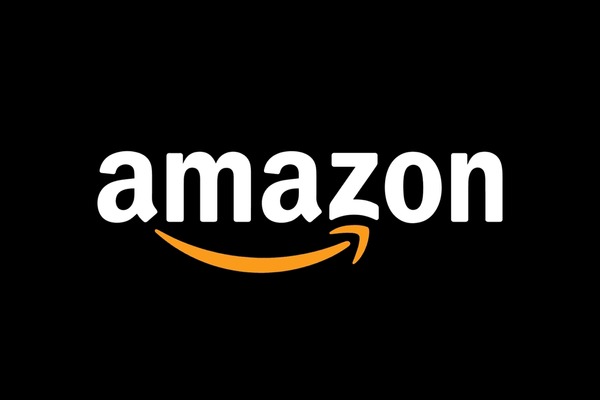Introduction
As President Donald Trump prepares to address a joint session of Congress on Tuesday, March 4th, 2025, the nation eagerly anticipates his vision for the future. Although this address is not officially designated as a State of the Union, it serves a similar purpose, outlining the administration's goals and priorities for the coming years.

Economic Plans
President Trump has consistently emphasized his commitment to bolstering the American economy. His administration's economic policies focused on tax cuts, deregulation, and trade policies designed to stimulate growth. The extension of the 2017 Tax Cut and Jobs Act (TCJA) provisions is expected, along with additional tax cut proposals in 2026. Deregulation, particularly in the financial and energy sectors, is anticipated to boost economic growth, although tariffs and immigration controls pose inflation risks. The administration aims to maintain a healthy GDP growth rate and stable unemployment.
Social Issues: Retirement for Seniors
Social Security and Medicare remain critical for the Trump administration. Even though President Trump has promised not to cut benefits or raise the retirement age, despite the looming insolvency of the Social Security trust fund. This does not mean retirees will not see a decrease in benefits. This ongoing issue will change as the administration outlines the program. His administration has proposed eliminating income taxes on Social Security benefits, a move intended to provide immediate financial relief to retirees. However, this proposal has sparked debate due to potential financial risks for the Social Security Administration and beneficiaries.
Healthcare
Healthcare reform is a significant focus for President Trump. His administration has embraced the Project 2025 blueprint, which includes funding cuts to the National Institutes of Health and proposed changes to Medicaid and Medicare. The administration's healthcare agenda emphasizes price transparency, with executive orders requiring hospitals and insurers to disclose actual prices. These measures aim to lower healthcare costs and empower patients with clear, actionable pricing information.
Job Creation
President Trump's job creation strategy involves a combination of tax cuts, deregulation, and targeted trade policies. The administration's focus on reducing the size of the federal workforce and limiting hiring to essential positions is part of a broader effort to streamline government operations. Additionally, the administration aims to stimulate job growth through private sector investments and innovation.
Energy Policy
President Trump's energy policy prioritizes American independence and dominance. The administration has rolled back regulations that hinder domestic energy production and established the National Energy Dominance Council to advise on strategies for achieving energy dominance. The focus is on enhancing private sector investments, cutting red tape, and expanding energy production across all forms of American energy.
Climate Change
The Trump administration's approach to climate change has been marked by significant rollbacks of environmental regulations. President Trump has withdrawn the United States from the Paris Agreement and dismantled numerous climate policies enacted under the previous administration. The administration's actions have led to the firing of thousands of employees from federal agencies and the suspension of clean energy projects. Critics argue that these moves threaten to reverse decades of progress in curbing greenhouse gas emissions.
Conclusion
As President Trump addresses Congress, he will outline his administration's plans to tackle these critical issues. His vision for the future includes a strong economy, support for seniors, healthcare reform, job creation, energy independence, and a controversial approach to climate change. The nation will be watching closely to see how these plans unfold and impact the lives of all Americans.
For more information, you can refer to the following sources:




















